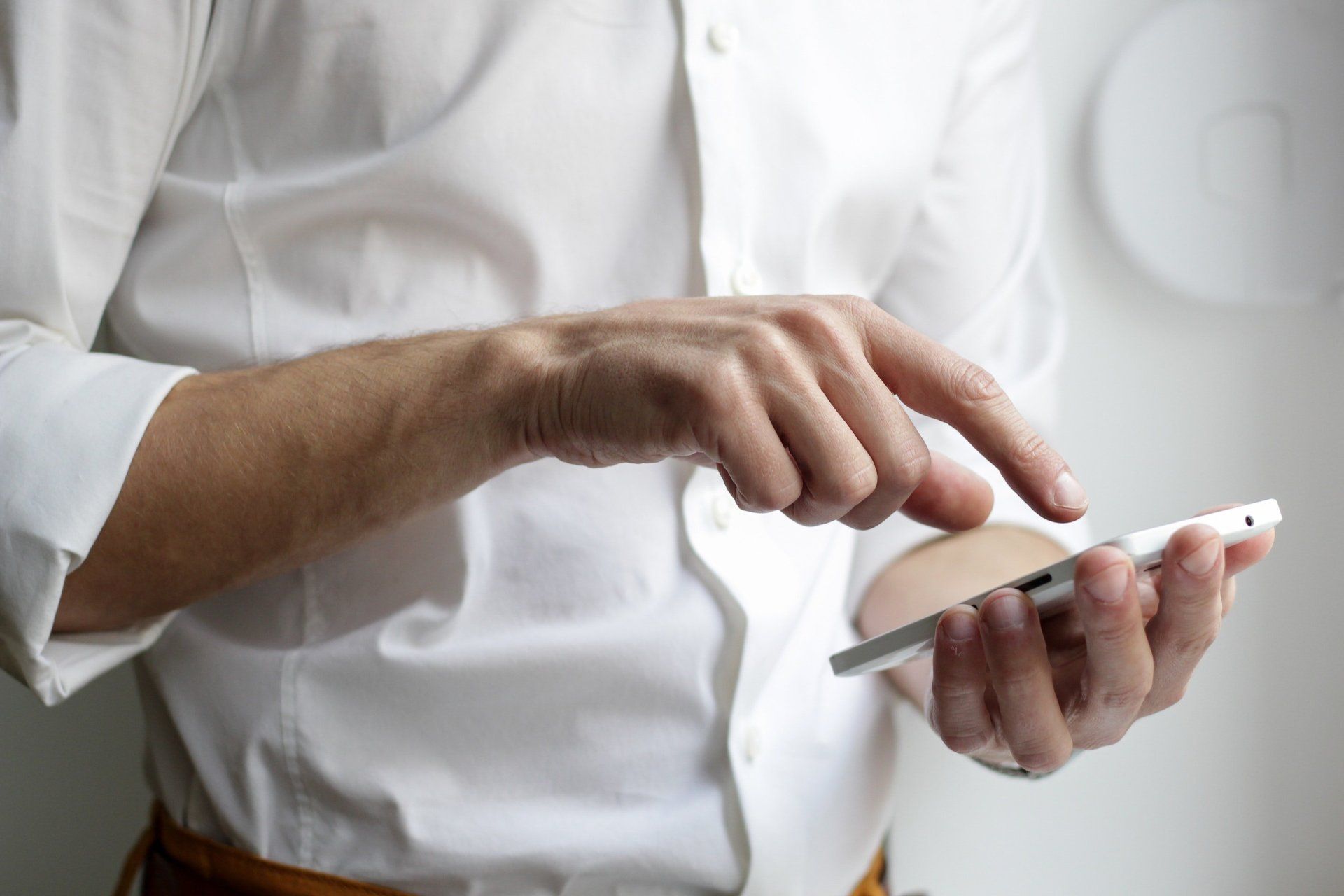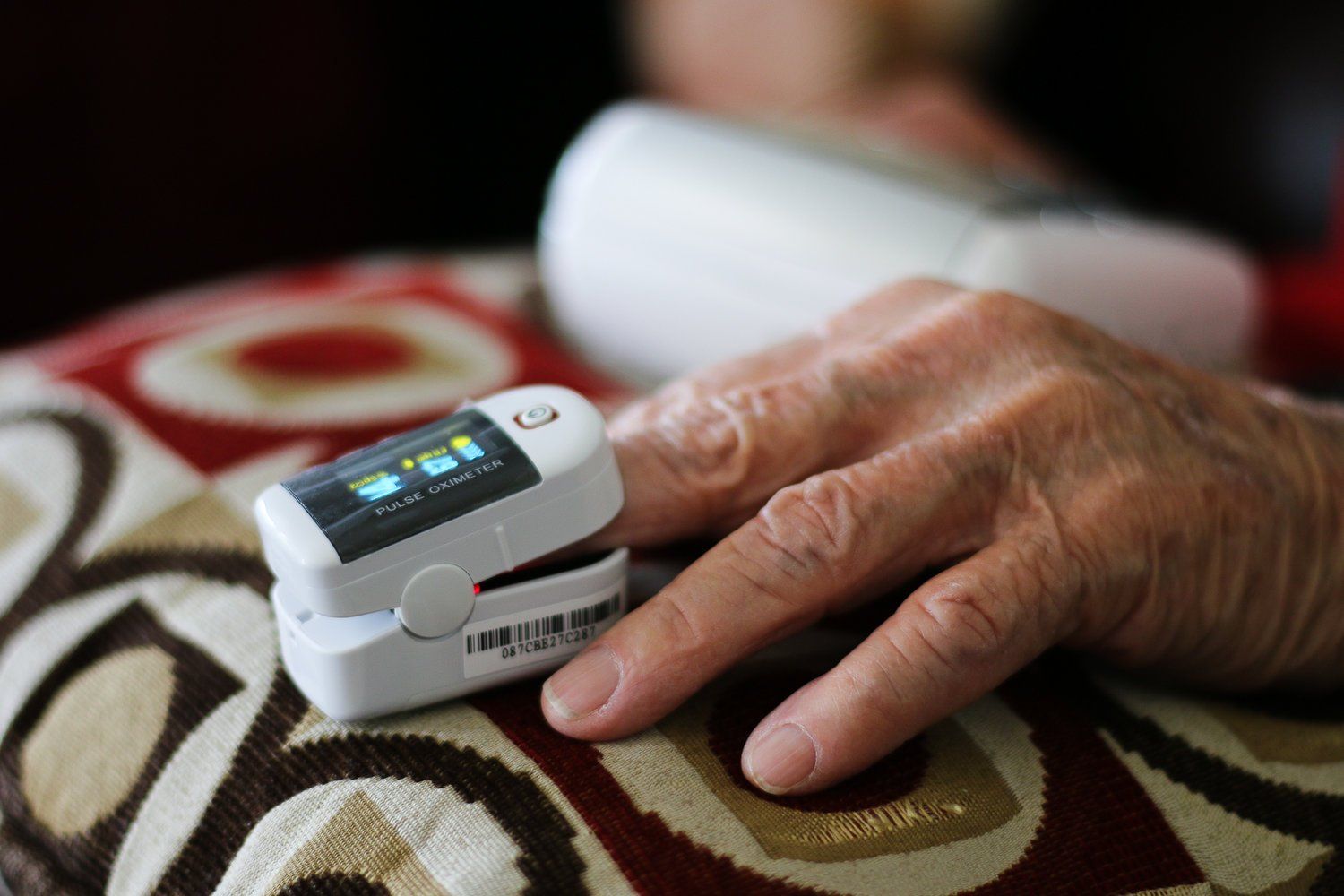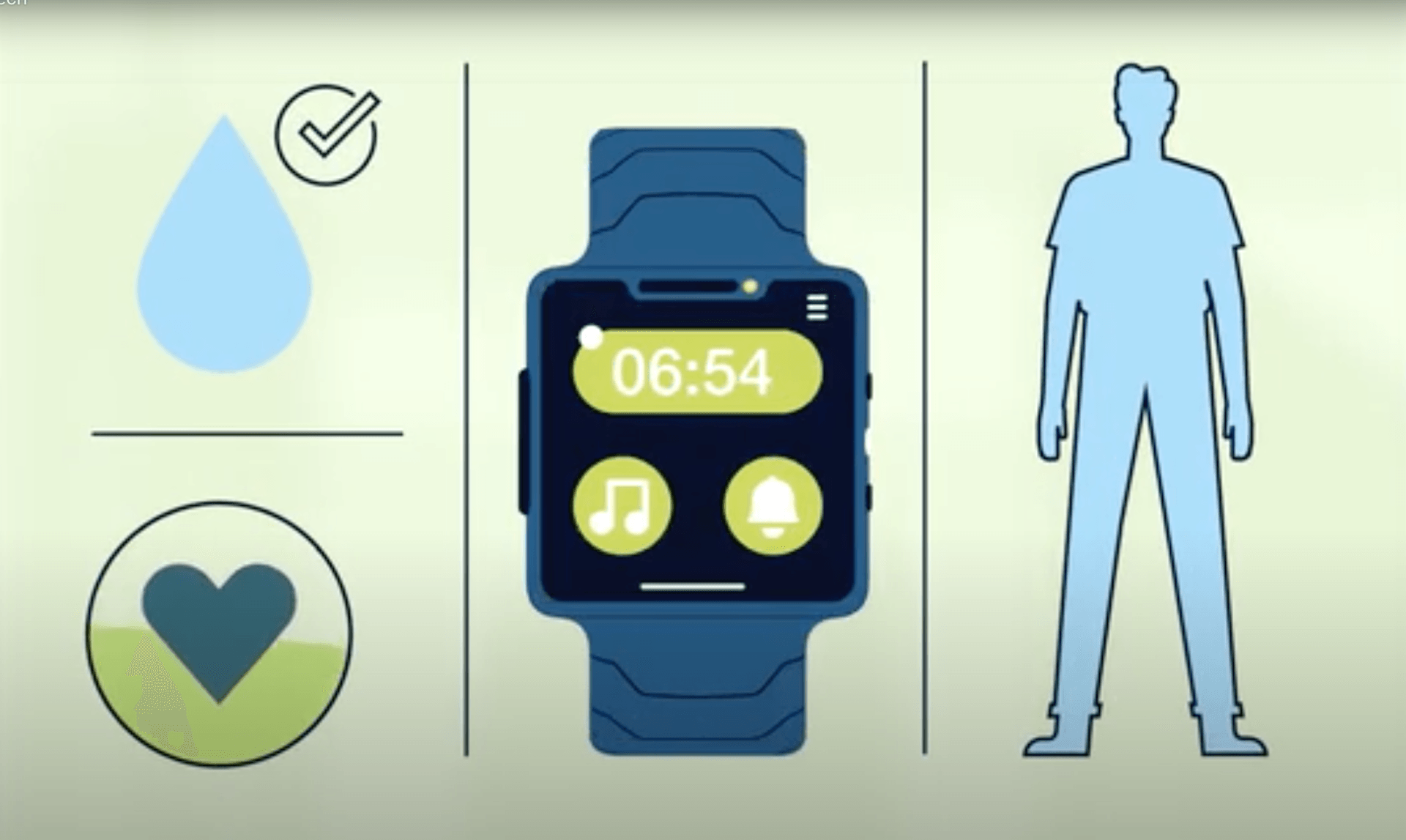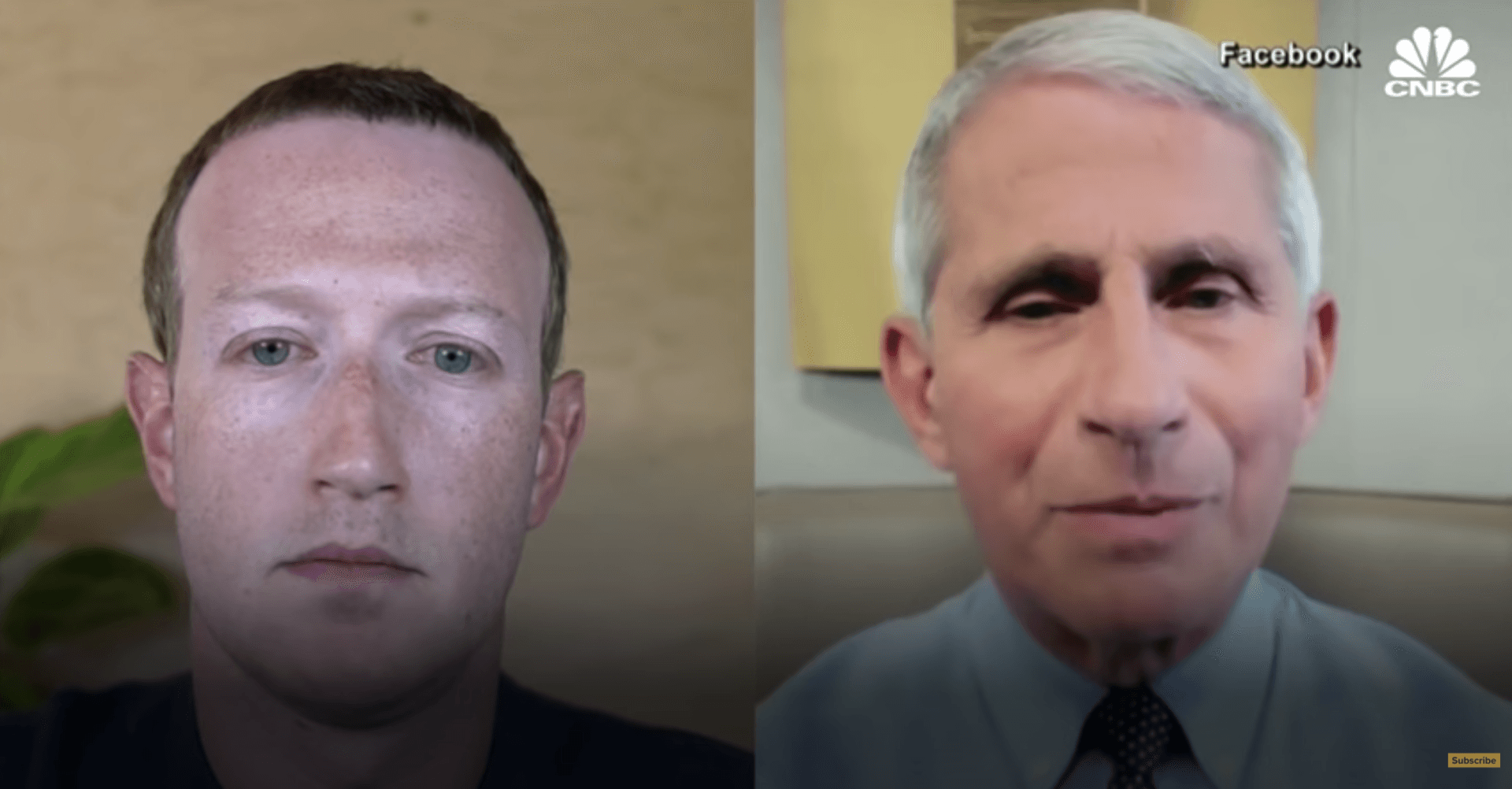After Coronavirus, How Telemedicine Could Shift The Healthcare System
Bijan Khosravi • March 30, 2020
After Coronavirus, How Telemedicine Could Shift The Healthcare System

The global coronavirus pandemic has accentuated major failures in our healthcare system. The number of patients needing treatment for the virus itself is off the charts, while shortages in supplies and professionals raise fears that not everyone that needs treatment will get it. Simultaneously, social distancing and quarantine measures have forced many doctors to cancel routine and non-emergency appointments.
No one can say how long the virus will last and how it will ultimately impact on our lives and economy, but one thing is for certain—our healthcare system is not working, and we need to fix it.
While the country is divided on whether or not the government should provide healthcare for all, technology solutions that could lessen the strain of this pandemic, such as telemedicine, already exist, but there’s no real push to implement them widely. We know how to develop a secure communications system that will allow doctors to connect with patients from any location. We have the technologies to conduct remote diagnostics. Hospitals and doctor’s offices are increasingly using cloud platforms that allow them to store patient records, send bills, and provide communications between the patient and their doctor. Health trackers, such as the FitBit and Apple Watch, are already mainstream.
So, what exactly is holding us back? The real problem is a lack of participation by all stakeholders - including the insurance industry, hospitals, and clinics. They are comfortable with their existing business models and are reluctant to change their practices and allow access to much-needed technology solutions. In addition, current government regulations are not pro-market.
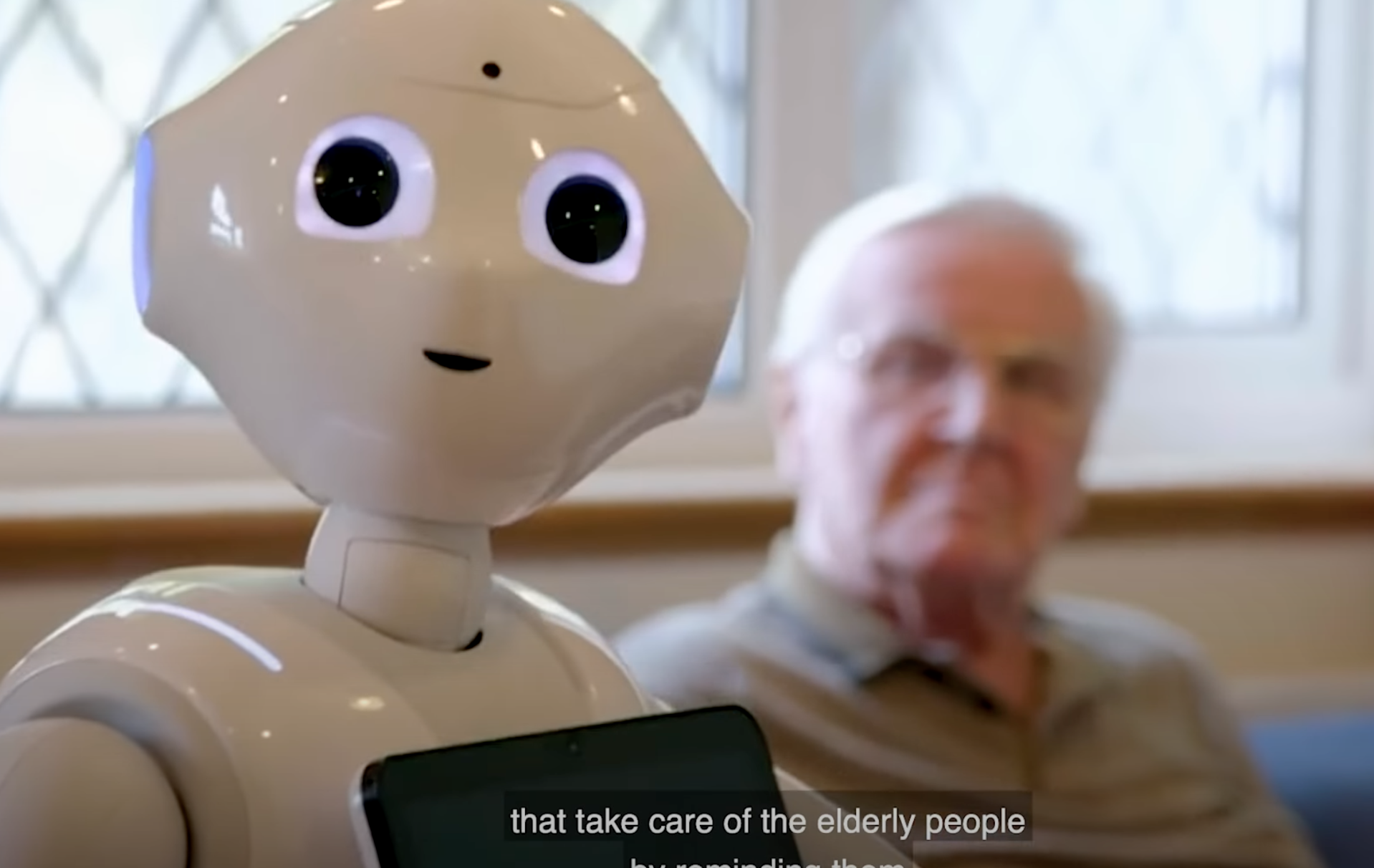
The weakness of the present healthcare system revealed by the Covid-19 crisis, along with the rise in chronic diseases associated with lifestyle changes and a rapidly aging population worldwide will shape the future of healthcare. Next-Generation Research Analyst Dr. Damien Ng took a close look at recent developments in digital healthcare, genomics, and extended longevity.
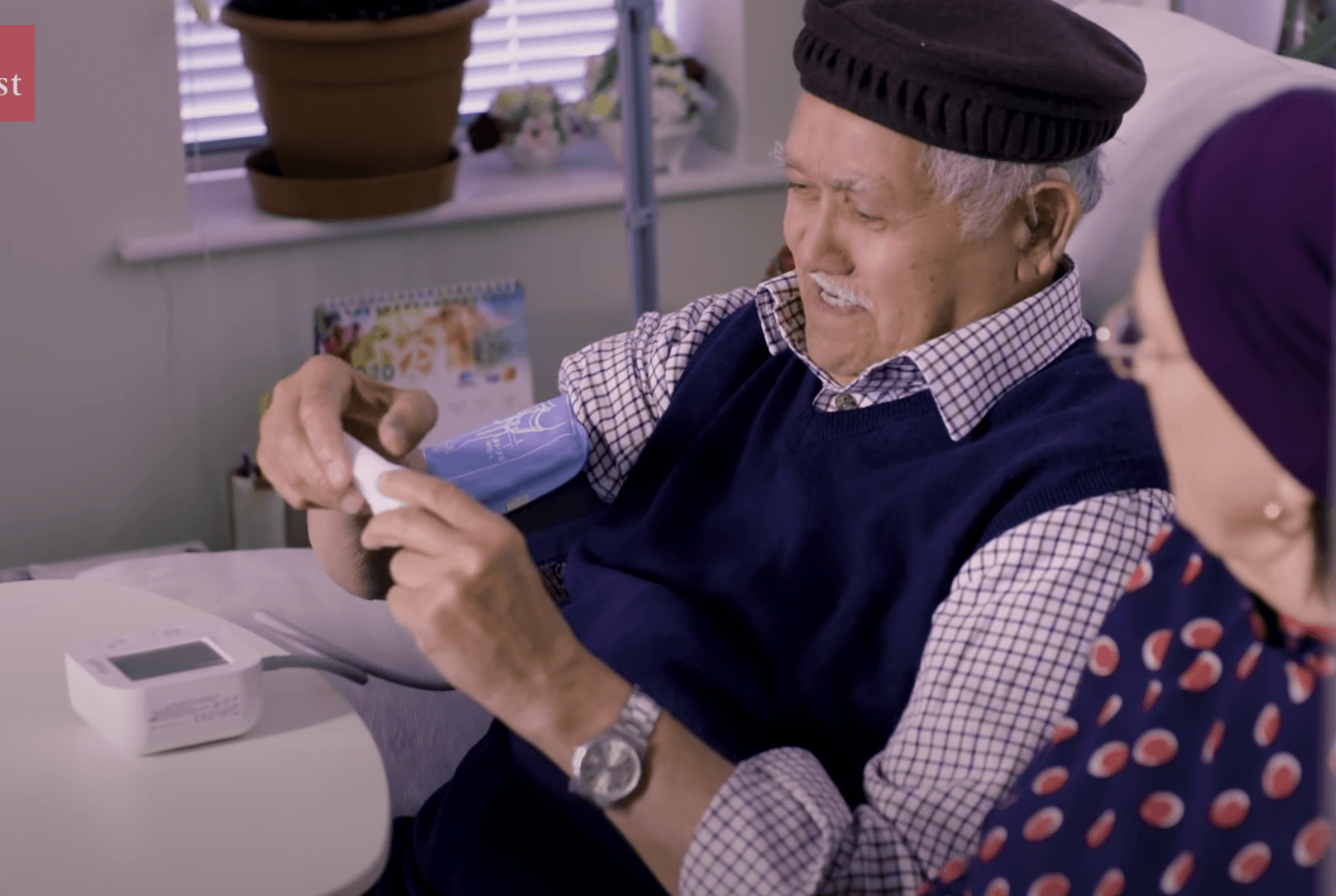
The COVID-19 pandemic has affected many elderly from receiving proper care. It has further highlighted problems faced by the elderly with dementia and chronic diseases
In this video presented by The Economist, watch how COVID-19 pandemic has impacted the elderly and how we can strive to improve the efficiency for elderly and chronic care with the rise of remote patient monitoring technology.

Improvements in technology and changes to insurance reimbursement rulings have helped increase the acceptance of telemedicine. Without it, doctors and therapists wouldn’t be able to connect with patients as easily, especially during the pandemic.
As telemedicine has become widespread, professionals and patients have grown more comfortable connecting virtually. Telemedicine isn’t meant to take the place of face-to-face visits. While it does have some disadvantages, which we’ll get into later, its benefits are undeniable.
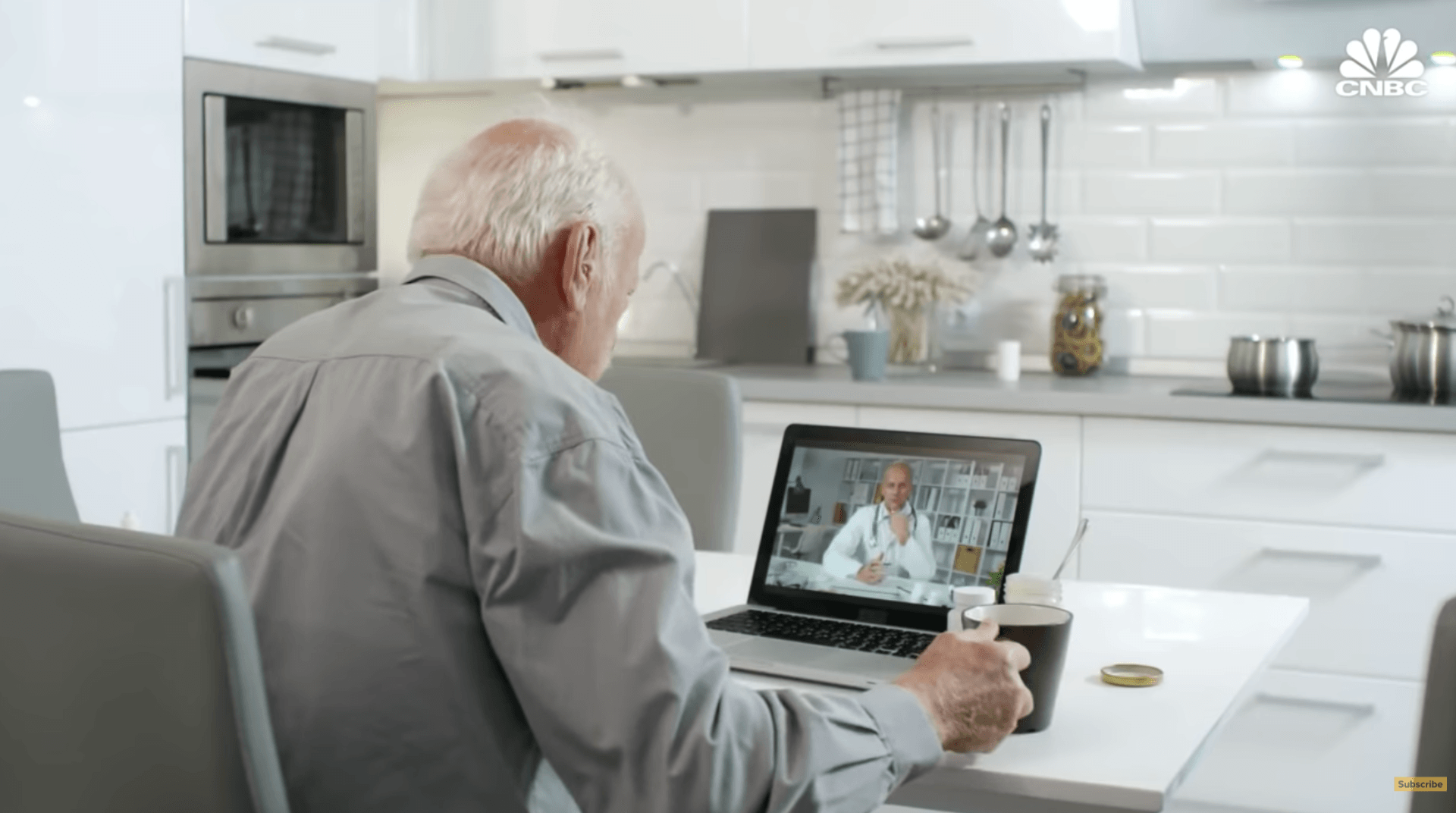
Telemedicine termed a 'silver lining' of the coronavirus pandemic. This time, it might just be true.
Telehealth use surged from 8% of Americans in December to 29% in May as primary care, mental health and specialists turned to remote care out of necessity during the COVID-19 pandemic, according to a UnitedHealth Group report.


